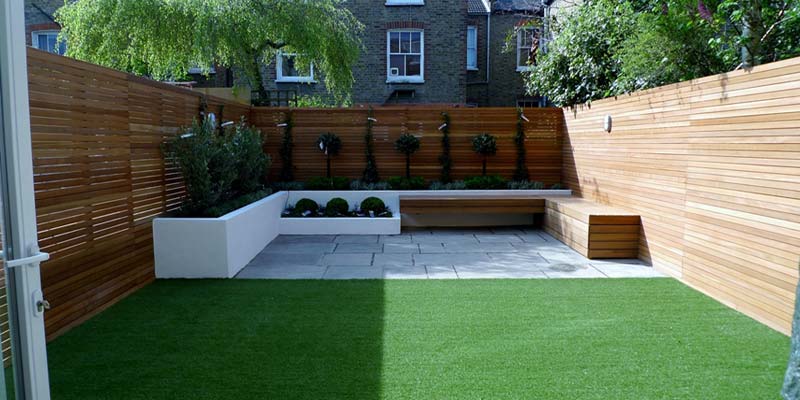
Landscaping will make your property look amazing and add value to your home. But it can cost a lot in terms of both finances and using up the earth’s resources. If you are into sustainability and want to be as eco friendly as possible with your garden design, here are some tips to help you.
- Choose low maintenance plants. These are plants that don’t need a lot of water and that are also hardy when it comes to frosts, droughts, and hot weather. With a low maintenance garden, you won’t have to use up the earth’s water supply or watch your precious plants droop and die. It’s also a lot easy on you physically, as such plants are perennials that don’t need replacing every season.
- Use a lot of organic mulch. This can prevent the garden soil from drying out and keep plant roots cool, which they love. Organic mulch comes from something that was once a plant, not from pebbles or rocks. Grass, leaves, straw, and even wood chips are organic mulch.
- Cut back on the lawn by using decking, tiles, gravel, or concrete to surround your home, the swimming pool, and the alfresco area. Lawns take a great deal of care, with watering and fertilizing constant chores. And often the fertilizer is washed into the waterways where it kills aquatic plants, coral, and even small creatures.
- Landscaping is great for the environment. Trees shrubs and other plants create shade, oxygen, and beauty. They prevent erosion, absorb carbon dioxide from the air and reduce dust, so make sure you plant plenty of them around your home.
- Save on water by sweeping the path with a straw broom instead of hosing it off.
- Install a grey water tank or a rainwater tank to use on the garden or lawn and thus save water. Don’t use it to water vegetables.
- Have an irrigation system installed that has a sensor to detect when it is going to rain. That will prevent it from switching on if there’s a storm coming that will do your lawn instead of pumping more water out of the reserves. Make sure the valves are all working properly and that it is not set to water the path rather than the garden.
- After fertilizing your lawn, sweep the paths free of granules that will otherwise end up in the waterways.
- Grow some vegetables in your garden. Nothing can beat the taste of home-grown cucumbers, tomatoes, and lettuce. Often, these can be grown with flowers.
- Recycle the waste from the garden. Grass clippings, leaves, and prunings can be put back in the garden to provide nutrients and keep the soil moist.